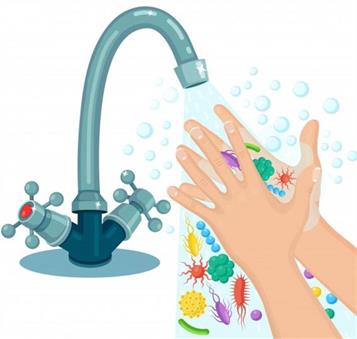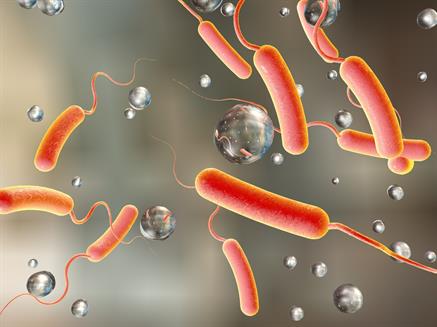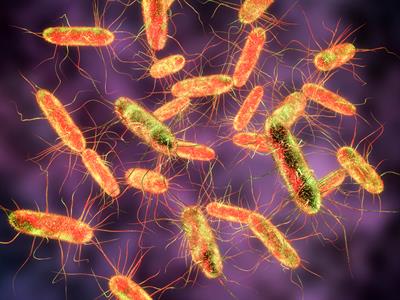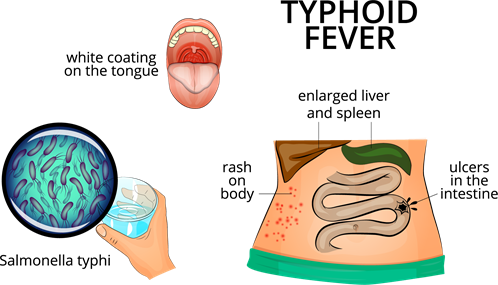
PUMPA - SMART LEARNING
எங்கள் ஆசிரியர்களுடன் 1-ஆன்-1 ஆலோசனை நேரத்தைப் பெறுங்கள். டாப்பர் ஆவதற்கு நாங்கள் பயிற்சி அளிப்போம்
Book Free DemoHave you ever got sick after drinking water from an unhygienic place? This is because water contains harmful microbes which may cause the disease. Such types of diseases caused by consuming contaminated water resources are called water-borne diseases.
Microorganisms such as bacteria, viruses are the principal causative agents for water-borne infectious diseases. These diseases can be easily spread while bathing, washing, drinking water, or eating food exposed to contaminated water.

Picture showing the importance of handwashing as there is presence of so many microorganisms in our hands
Water provides the proper environment for the breeding and propagation of microbes. Many microorganisms are utilising water to spread harmful water-borne diseases, which often occur after a severe rainfall and snowfall.
Climate changes play an essential role in increasing the severity and frequency of spreading water-borne diseases. If every person on the planet could practice safe sanitation and hygiene and have access to clean water, these diseases would not exist. Water-borne diseases are cholera, typhoid, infectious hepatitis, poliomyelitis, diarrhoea, etc.
The most common water-borne diseases and their causative microbial agents are given below.
Disease: Cholera
Cholera is an epidemic disease. During the 19th century, it spread across the world, and millions of people died due to this. It is an acute diarrhoeal disease.
Causative organism: Vibrio cholerae

Mode of transmission: Contaminated food, water, oral route and through houseflies.
Tissue/Organ affected: Intestinal tract
Symptoms:
- Acute diarrhoea with watery rice stools
- Vomiting
- Muscular cramps
- Nausea and dehydration
Preventive and control measures:
Hygienic sanitary condition, intake of Oral Rehydration Solution (ORS).
Disease: Typhoid
Typhoid fever is also known as enteric fever. This disease is common in children of the age group 1-15 years. Nearly 2.5 million people suffer from typhoid disease every year.
Causative organism:Salmonella typhi

Salmonella typhi
Mode of transmission: Food and water contaminated with faeces of an infected person and through houseflies.
Tissue/Organ affected: Small intestine.
Symptoms:
- High fever
- Weakness
- Abdominal pain
- Headache
- Loss of appetite
- Rashes on the chest and upper abdomen

Symptoms of typhoid fever
Preventive and control measures:
Preventing contamination of food by flies and dust, improvement of basic sanitation, treatment with antibiotic drugs.
- Cholera caused by Vibrio cholerae was first published by Robert Koch.
- Choleragen is a toxin produced by Vibrio cholerae, causing harmful effects.
Important!